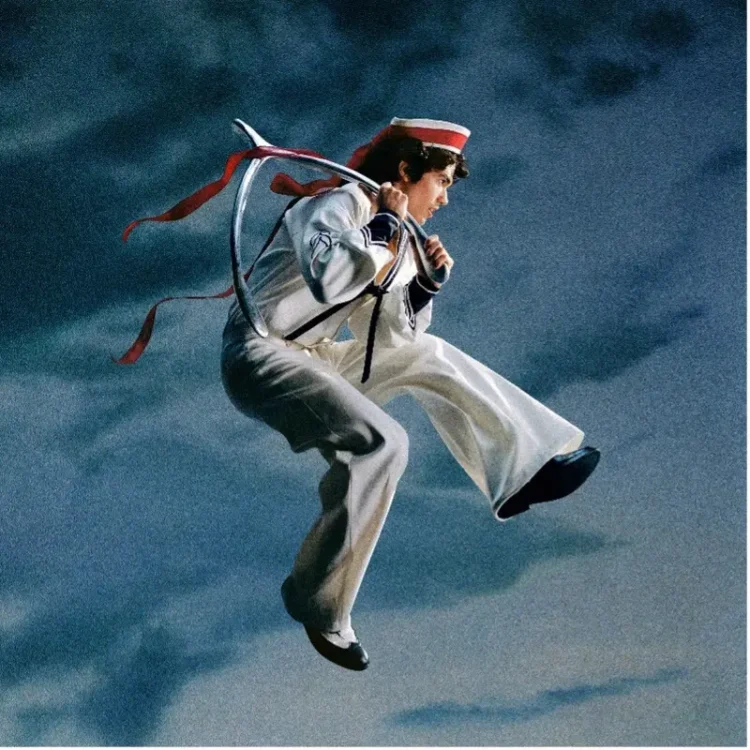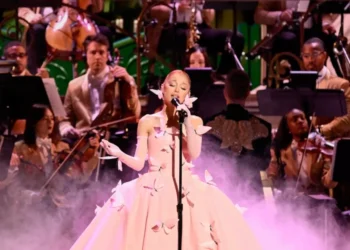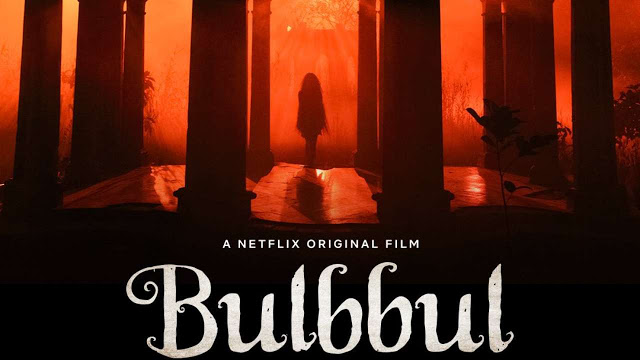Rejection fuels the angst and introspection that underpin pop‑singer Conan Gray’s wistful fourth album, Wishbone, which dropped this Friday. The record marks a return to form for Gray, delivering twelve diary‑like songs that swing between bold heartbreak anthems and moments of tender reflection.
First discovered on YouTube in the early 2010s, Gray’s narrative‑driven pop earned him a spot among the leading voices of Gen Z music. He teamed up with producer Dan Nigro—renowned for his work with Olivia Rodrigo and Chappell Roan—on his first two records. The 26‑year‑old’s most recent project, 2024’s Found Heaven, veered away from Nigro and the emotive melancholy that defined his earlier singer‑songwriter releases. Swedish super‑producer Max Martin helmed many of that album’s well‑received ’80s‑inflected tracks, allowing Gray to convey grand emotions through sound rather than narrative.
Nigro returns as executive producer for Wishbone. Their reunion finds Gray both comfortable and candid, as recurring characters, settings, and symbols help him recount relationships against a sonic backdrop that nods to his past work.
The album opens with a trumpet fanfare on “Romeo,” a track that charts a destabilizing heartbreak. “I took the blade into my ribs,” Gray croons, borrowing imagery from Shakespeare’s tragedy. On the bridge his voice drops to an almost robotic timbre: “Where art thou? I’m all alone now.” Unlike the youthful victims in the Bard’s play, Gray’s modern‑day Romeo meets his downfall through more contemporary obstacles—ego clashes, emotional manipulation, and miscommunication. Midway through the song Gray shouts, “Guess I was just your experiment!” his voice cracking with raw emotion.
“Romeo” reappears in “My World,” which launches with a crisp, preppy drum pattern. Elsewhere, “Connell” explores the self‑inflicted pain of a breakup: “You remind me of how good it feels to hurt,” Gray murmurs over strings and electric guitar, swapping the angry spoken‑word cadence of “Romeo” for a more vulnerable vocal delivery.
Many of Gray’s lyrical tales are universally relatable, yet the stickiest tracks turn inward, focusing on his own mental landscape. The acoustic guitar and piano that begin “Nauseous” are soon submerged beneath layered vocals as Gray confronts his fear of love and the childhood trauma that fuels it. “Caramel,” built around an ear‑worm chorus and electric guitar, details the lingering memories that haunt him after a split. The intimate ballad “Class Clown” reflects on his self‑image and the lasting relevance of a school‑era label. “Everything comes back around, I still feel like the class clown,” he sings softly. While Gray wrestles with his place in the world, his skillful articulation of those feelings in song cements his status as one of the standout “star pupils” of his generation.























